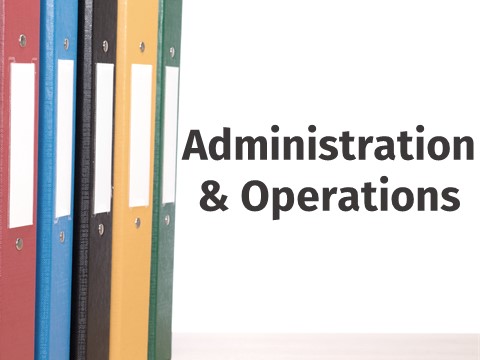Area Eligibility for Summer 2022 and School Year 2022-2023
May 19, 2022

Summary:
On June 30, 2022, nationwide waivers related to pandemic conditions and area eligibilities are expiring. Once waivers expire, CACFP program operators must use data from October 2019, unless the National School Lunch State agency elects a month other than October to establish area eligibility.
Why it Matters:
With the upcoming transition without the COVID-19 waivers, area eligibility will need to be determined. However, the pandemic precluded schools from collecting data and thus program operators will need to use pre-pandemic data to determine eligibility.
Guidance:
In the school year 2021-2022, schools participating in Seamless Summer and other Options did not collect free and reduced price applications and instead served all students free meals due to the impacts of COVID-19. As a result, schools do not have complete free and reduced price eligibility information to make area eligibility determinations for summer 2022 and school year 2022-2023.The two options consist of using of school year 2019-2020 free and reduced-price application data and using of school year 2019-2020 free and reduced-price application data.
However, these options are not available for sites located in the attendance area of schools that operated the National School Lunch Program in school year 2021-2022. Sites that are (1) located in the attendance areas of schools that operated regular National School Lunch Program in school year 2021-2022 and (2) require a new area eligibility determination (5 years have elapsed since area eligibility was last established), must use school year 2021-2022 application and direct certification data to establish area eligibility.
USDA Area Eligibility Guidelines:
Option 1: Use of School Year 2019-2020 Free and Reduced-Price Application Data
Without complete school year 2021-2022 school-level free and reduced-price data, program operators can use school data from a designated month of school year 2019-2020 to qualify as area eligible in summer 2022 and school year 2022-2023. Child Adult Care Food Program (CACFP) operators must use data from October 2019, unless the National School Lunch (NSLP) State agency elects a month other than October to establish area eligibility.
Option 2: Allow All Schools to Use Community Eligibility Provision Data
For community eligibility provision (CEP) schools, the 1.6 multiplier provides an estimate of the total number of students eligible for free and reduced-price meals in CEP schools. 1.6 is used as a proxy for the percentage of free and reduced-price students for area eligibility purposes. If the result is equal to or greater than 50 percent, meal sites located at the school (or in the attendance area of the school) are area eligible.
Existing CEP Schools
- A school that is already operating CEP must continue to determine area eligibility for its attendance area using its approved school-level individual service plan (ISP).
- Individual school data must be used to determine area eligibility, even if the school is participating in CEP as part of a group or district claiming a shared ISP.
Non-CEP Schools
- For summer 2022 and school year 2022-2023, schools that operated Seamless Summer Option (SS0) during school year 2021-2022 and are not participating in CEP may use the same guidance as CEP schools to determine area eligibility for a school’s attendance area.
- The individual school’s ISP is multiplied by a factor of 1.6. If the resulting percentage is at least 50, meal sites within the school’s attendance area are eligible. These percentages can be used for determining area eligibility in the SFSP, SSO, CACFP, and after-school snacks provided through the NSLP.
- Determinations based on this option for non-CEP schools will only be valid for summer 2022 and school year 2022-2023.
For more information on area eligibility guidance:
Check out USDA Area Eligibility Memo (SP 10-2022, CACFP 08-2022, SFSP 04-2022)
